![]()
![]()
![]()
Use LEFT and RIGHT arrow keys to navigate between flashcards;
Use UP and DOWN arrow keys to flip the card;
H to show hint;
A reads text to speech;
46 Cards in this Set
- Front
- Back

|
Axillary nodes
|
|

|
Medullary Cords
|
|
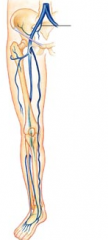
|
Common illac vein
|
|
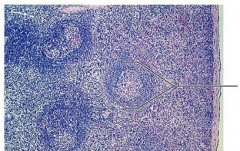
|
White Pulp
|
|
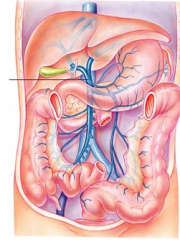
|
Hepatic Portal
|
|
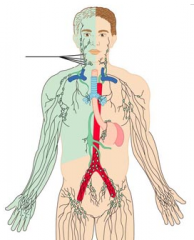
|
Cervical Lymph Nodes
|
|

|
Inguinal Lymph Nodes
|
|
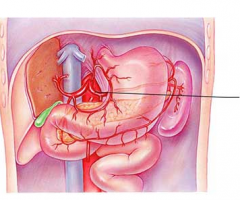
|
Renal Artery
|
|
|
Blood pressure is measured as follows:
|
Systolic pressure/Diastolic pressure
|
|

|
Brachiocephalic
|
|
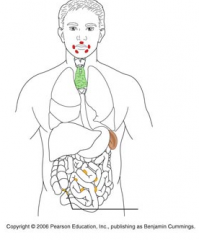
|
Apendix
|
|
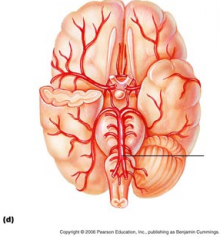
|
Basilar Artery
|
|
|
Which of the following conditions suggests a weakened heart that is unable to pump blood into the arterial tree to a normal extent?
|
Pulse deficit
|
|
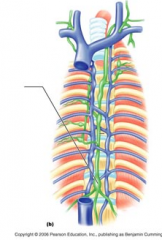
|
Cisterna Chyli
|
|
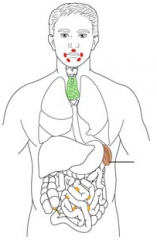
|
Spleen
|
|
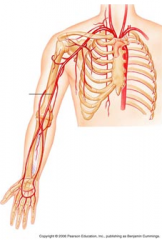
|
Brachial
|
|
|
One complete heartbeat during whicas:
|
Cardiac cycle
|
|
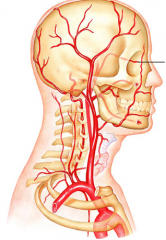
|
Ophthalmic artery
|
|
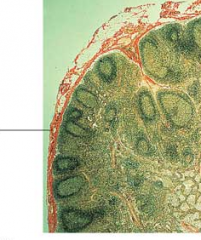
|
Capsule
|
|
|
What is considered an average pulse rate
|
70-76
|
|

|
Thoracic duct of lymphatic system
|
|
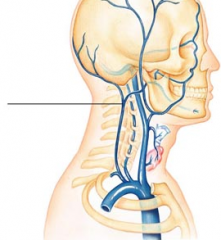
|
External jugular vein
|
|
|
The pressure the blood exerts against any unit area of the blood vessel walls is called:
|
Blood pressure
|
|
|
Which of the following is not considered an organ of the lymphatic system?
|
Thyroid
|
|

|
Plantar vein
|
|
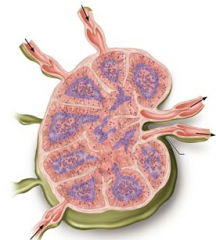
|
Hilum
|
|
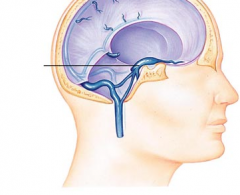
|
Cavernous sinus
|
|

|
Dorsalis pedis artery
|
|
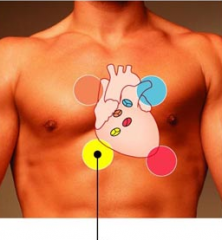
|
Tricuspid valve
|
|
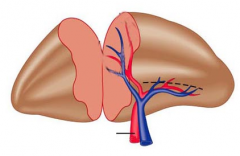
|
Splenic artery
|
|
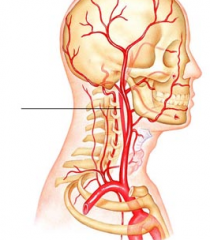
|
Internal carotid artery
|
|
|
Diastole is:
|
Ventricular relaxation
|
|

|
Gonadal veins
|
|
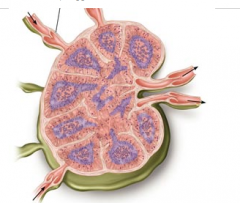
|
Afferent lymphatic vessels
|
|
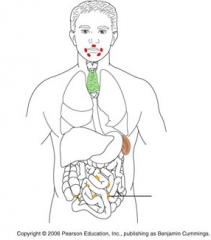
|
Peyer's patches
|
|
|
Systolic pressure is the pressure in the arteries during:
|
Ventricular ejection
|
|
|
Abnormal heart sounds are called:
|
Murmurs
|
|
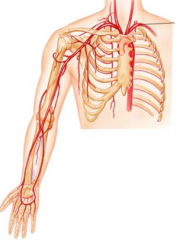
|
Subclavian
|
|
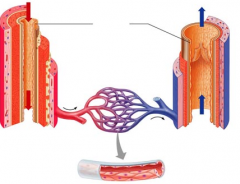
|
Endothelium
|
|
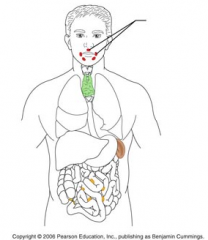
|
Tonsils
|
|
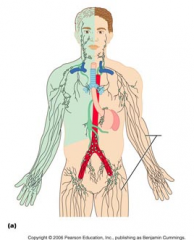
|
Lymphatic collecting vessels
|
|
|
The difference between systolic and diastolic pressure is called:
|
Pulse pressure
|
|
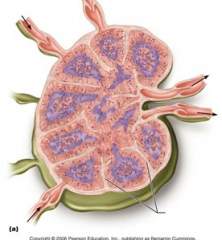
|
Trabeculae
|
|
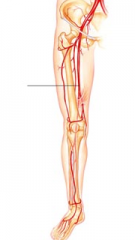
|
Femoral artery
|
|
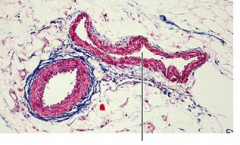
|
Vein
|
|
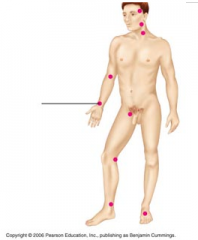
|
Radial
|

